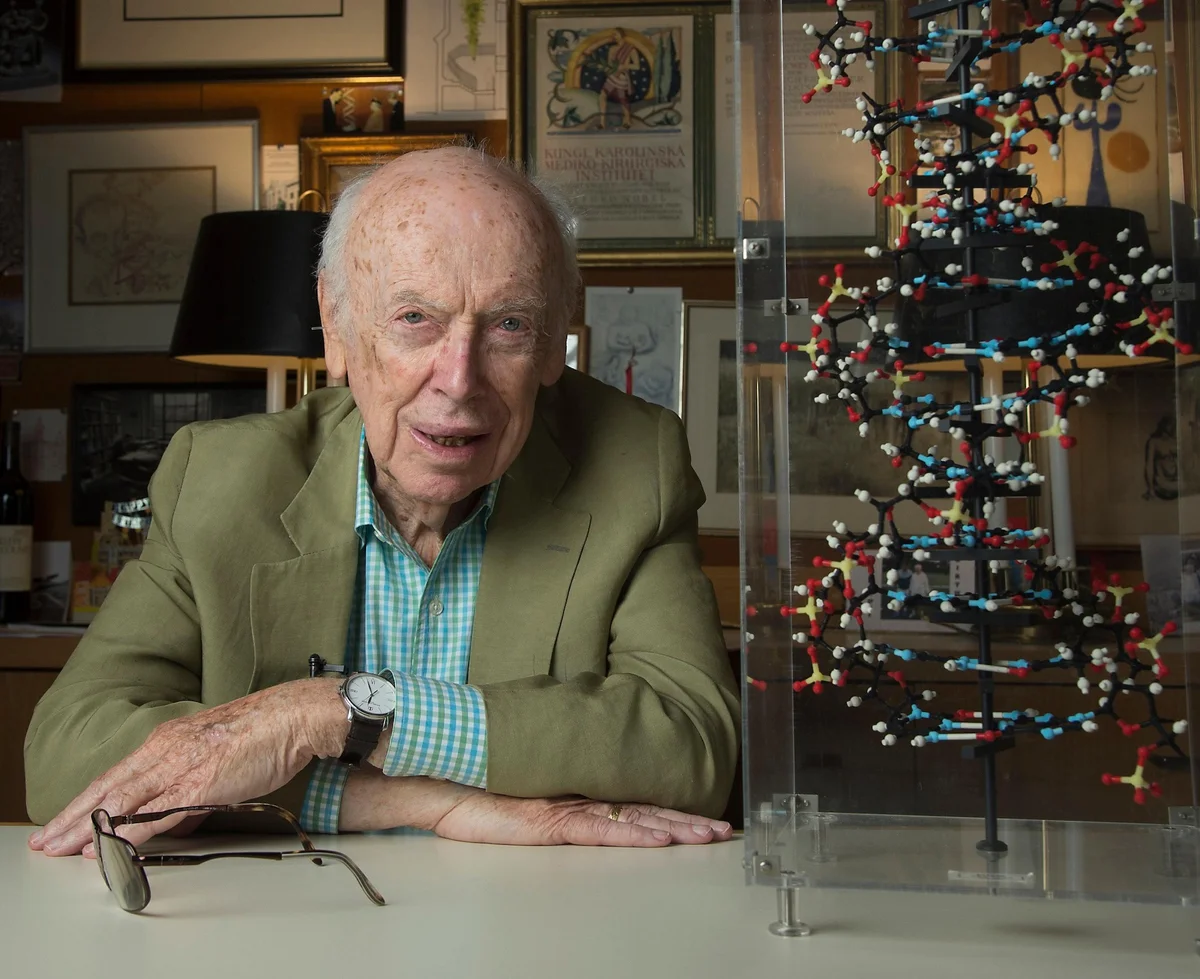Copyright Scientific American

James Dewey Watson, the molecular biologist whose work helped decode the structure of DNA, died on November 6, 2025, at a hospice in East Northport, N.Y. He was 97. Watson was best known for his contributions to the 1953 discovery of the double helix structure of DNA, revealed when he and Francis Crick published their research in Nature. The discovery showed how genetic information is stored and replicated, and launched a new era of molecular genetics and biotechnology. Watson was born in Chicago on April 6, 1928. He entered the University of Chicago at age 15 and earned a degree in zoology, and then completed his Ph.D. at Indiana University in 1950. In 1951 he joined the Cavendish Laboratory at the University of Cambridge in England, met Francis Crick, and began to collaborate on research into the nature of DNA. On supporting science journalism If you're enjoying this article, consider supporting our award-winning journalism by subscribing. By purchasing a subscription you are helping to ensure the future of impactful stories about the discoveries and ideas shaping our world today. Their big breakthrough relied heavily on X-ray diffraction data produced by Rosalind Franklin and Maurice Wilkins at King’s College London. Watson shared the 1962 Nobel Prize for Physiology or Medicine with Wilkins and Crick, and Franklin only received due credit for her contribution much later. Watson later joined Harvard’s biology faculty, where his research focused on understanding messenger RNA. In 1968 he was named director of Cold Spring Harbor Laboratory, which he helped turn into a leading center for genetics research. Watson was the author of The Double Helix and Molecular Biology of the Gene. His legacy was complicated by repeated racist remarks that linked race and intelligence. Those statements led to his resignation from Cold Spring Harbor in 2007.



